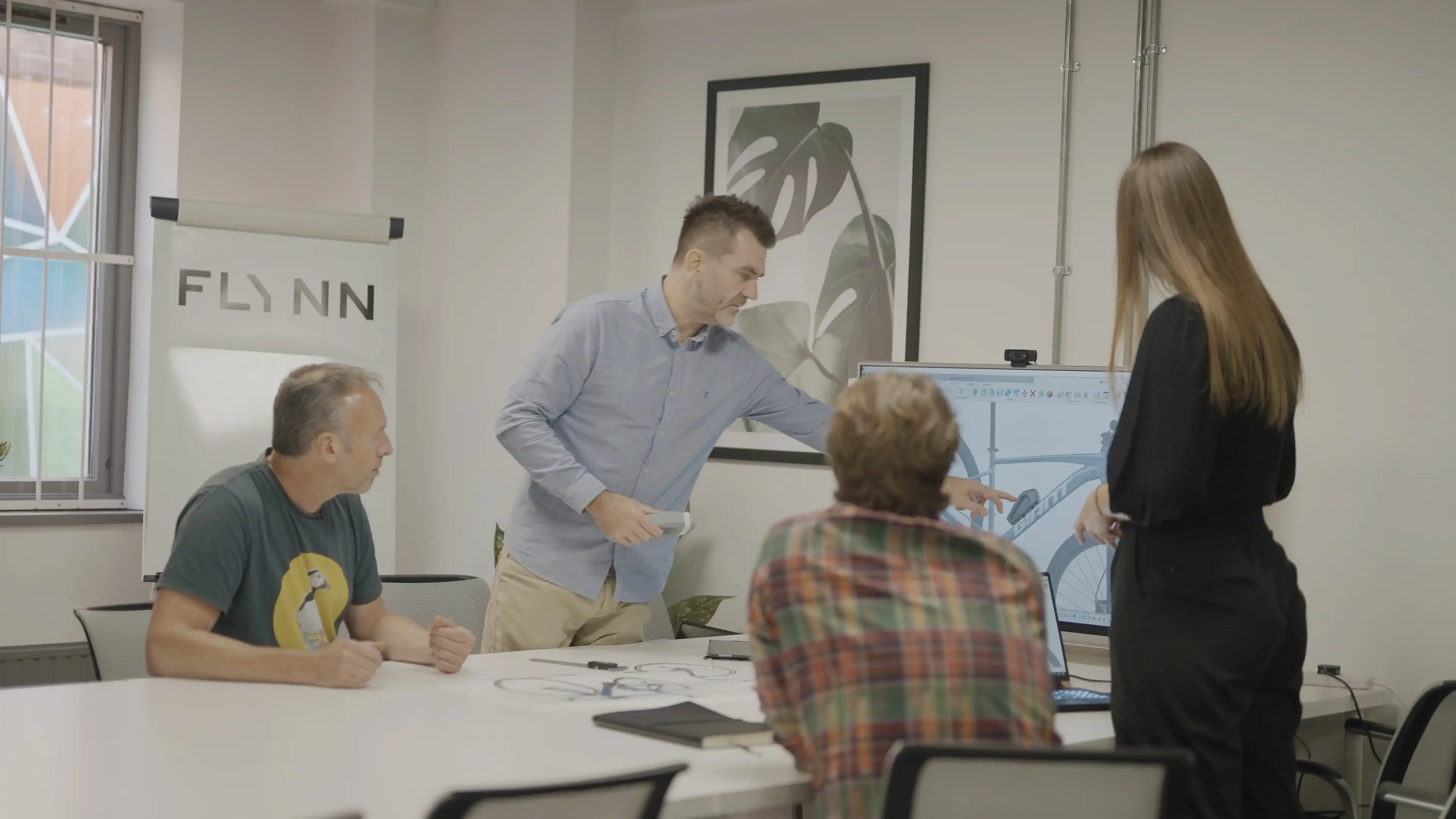The Role of Human Factors in Industrial Design: Designing for User Experience
The Role of Human Factors in Industrial Design: Designing for User Experience
Human factors and ergonomics: “The application of psychological and physiological principles to the engineering and design of products, processes, and systems.”
Industrial designers are not only tasked with creating products that look good, but they must also ensure they provide a smooth and intuitive user experience. This is where human factors and ergonomics come in, with a good understanding they can be applied to the design process to improve the usability of the end product. In this article we are going to explore what human factors are and the role they play in industrial design. We will also touch on ergonomic design and how they work together to create a positive user experience.
Understanding The Role of Human Factors and Ergonomics in Industrial Design
While human factors and ergonomics can be used interchangeably, often human factors is used to describe the sensory perception of design, and ergonomics is used to describe the physical interaction with design. Human factors are all about the cognitive process, psychology, and mental workload. Understanding how our brains react to stimuli and using that to design products that are intuitive, and present information in an effective way. Ergonomics relate to the interactions that involve our anatomy and physiology. Its about biomechanics, which is the combination of physiology with engineering principles to understand the physical limitation of people.
Importance Of Human Factors and Ergonomics

Human Factors: Human factors allow you to create products that are intuitive and implicit a certain behaviour. When designing a product, you will have information you want to get across to the user, it can be digital information or cues on a physical product. To ensure the user can easily detect, understand, and act on that information, you need to present said information using human factors principles. This involves understanding how our senses receive stimuli and how our brains react to those stimuli. By understanding these things you can use certain techniques that give you an element of control over the users behaviour. A very simple example of this is using the colour red for error messages as people’s perception of red is danger and stopping, so by using the colour red you can increase the likelihood of people reacting the the message, stopping and fixing the error.
User-Centred Design: User centred design is in an approach to problem solving that stems from human factors and involves putting the user at the centre of the design process. It’s all about understanding the needs, desires, and experiences of the target users. By understanding the problem you are solving from the point of view of the user, then you can create products that better meet their expectations and cater to their unique needs. This is also where you can trigger that emotional response that connects the user with the product. By really understanding the user you can deliver products that trigger emotion due to their positive user experience and its this that builds user appeal and forms brand loyalty.

Ergonomic Design: Ergonomics is vital for creating products that facilitate easy and comfortable interactions that don’t cause strain or injury. It’s all about crafting products that cater to the physical characteristics and capabilities of the user, designing the form of the product in a way that facilitates natural interactions with any touchpoints. For example, an office chair that supports the back and promotes proper posture uses ergonomic design to ensure it follows the contours of the back and provides support in the right places.
Real World Examples
Medical Instruments and Devices: One industry where human factors are particularly prominent is healthcare. Surgical instruments are operated with precision movements and so have to act like an extension of the surgeon’s hand. So ergonomic design is used to ensure they are light, nimble, comfortable to hold, and don’t cause strain etc. Patient monitors, another example where human factors are used to ensure they are easy to understand, display all the important information and properly portray the importance of any dangerous changes to the patient’s vitals.
Cars: Cars are another area where human factors play an important role in providing a safe and pleasurable experience. Considerations like comfort, visibility and dashboard configuration all involve human factors. For example, the ergonomics of the seat and steering wheel influence the driving position and comfort. Understanding the factors that affect visibility of the driver and the importance of control placement on the dash to ensure they can be safely operated when driving.
Phones: Users interact with their phones daily and their design is largely influenced by the user experience. The screen size, the placement of buttons such as the power and volume controls, the organization of the touch interface have all been carefully optimized to ensure they are comfortable and intuitive for the user.
Human factors will always be a vital consideration in product design, influencing each part of the design process. By applying human factors principles and ergonomics as well as embracing a user centred approach you can create aesthetically pleasing products that exceed the expectations of the user and provide a seamless user experience. On top of this it’s going to improve safety, performance, and appeal to the end users. At the end of the day human factors look at the human interaction and look to optimize it, which ultimately makes products that are a pleasure to use.
We provide businesses with product design consultancy, industrial design, prototype design & related services.
.avif)


